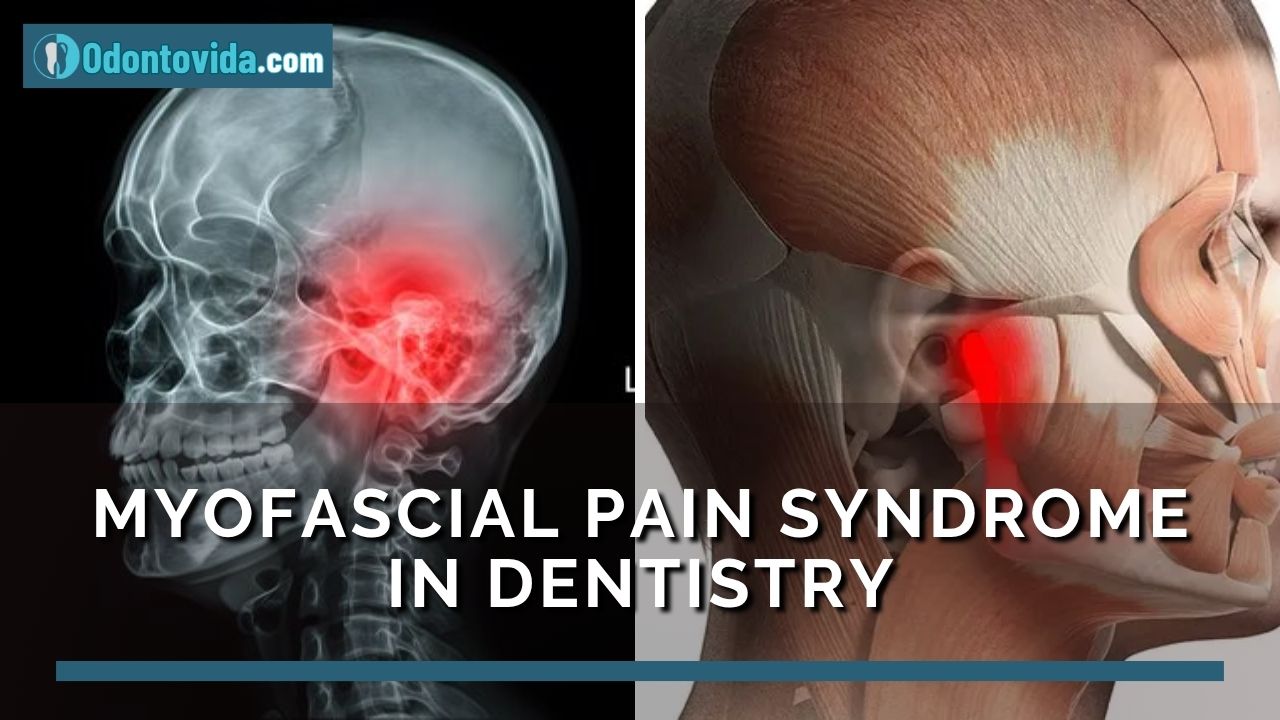Early childhood is a critical period for craniofacial and dental development. Certain harmful oral habits, such as thumb sucking, mouth breathing, or nail biting, can interfere with proper facial growth and tooth alignment.
📌 Recommended Article :
Video 🔽 Why Is Thumb Sucking Harmful? ... It is important to take the child to an orthodontist to stop the suction and thus avoid complicated consequences such as: open bite and alignment of the permanent teethIf not addressed early, these habits may lead to malocclusion, facial asymmetry, and the need for complex orthodontic treatment later in life. This article outlines the most common harmful oral habits in children, their effects on dental and facial development, and effective evidence-based treatment strategies.
Advertisement
✅ Common Harmful Oral Habits in Children: Definitions and Treatments
1. Thumb Sucking
➤ Definition:
° A repetitive behavior in which the child inserts one or more fingers into the mouth, usually for comfort or stress relief.
➤ Potential Effects:
° Anterior open bite
° Protrusion of upper front teeth
° Underdeveloped lower jaw
° Improper lip seal
➤ Treatment Options:
° Positive reinforcement techniques (e.g., reward charts)
° Behavior tracking with family support
° Intraoral appliances (e.g., palatal crib or tongue rake) in persistent cases
° Psychological support for anxiety-linked cases (Barbería et al., 2021)
2. Prolonged Pacifier or Bottle Use
➤ Definition:
° Using a pacifier or bottle beyond age 2–3, leading to non-nutritive sucking behavior.
➤ Potential Effects:
° Anterior open bite
° Posterior crossbite
° High, narrow palate
➤ Treatment Options:
° Parent education on weaning by age 2
° Gradual transition to cups and comfort objects
° Orthodontic intervention if malocclusion persists
° Oral muscle training to improve lip seal and tongue posture
📌 Recommended Article :
Dental Article 🔽 Early interceptive treatment management ... Interceptive orthodontics makes use of various devices to correct alterations in the development of the jaws and prevent them from worsening over time3. Tongue Thrust (Atypical Swallowing)
➤ Definition:
° Pushing the tongue against or between the teeth when swallowing or speaking, instead of placing it against the palate.
➤ Potential Effects:
° Anterior open bite
° Gaps between front teeth
° Weak orofacial muscles
➤ Treatment Options:
° Orofacial myofunctional therapy (OMT)
° Palatal cribs or tongue spurs if habit continues past age 6
° Collaboration with a speech-language pathologist
° Long-term monitoring by pediatric dentist or orthodontist
4. Mouth Breathing
➤ Definition:
° Breathing through the mouth instead of the nose, often due to nasal obstruction or habit.
➤ Potential Effects:
° Long face syndrome
° Incompetent lips (open mouth posture)
° Narrow upper jaw and posterior crossbite
° High-arched palate
➤ Treatment Options:
° ENT evaluation for nasal or adenoid obstruction
° Palatal expansion in cases of narrow maxilla
° Orofacial therapy to re-establish nasal breathing
° Nasal hygiene and breathing retraining exercises
📌 Recommended Article :
PDF/Video 🔽 Parafunctional oral habits. Which are? Diagnosis and treatment ... Let's know what the most common parafunctional habits are and their etiology, clinical manifestations, diagnosis, treatment and their relationship with malocclusions5. Nail Biting (Onychophagia)
➤ Definition:
° A compulsive habit of biting or chewing nails, often triggered by stress or anxiety.
➤ Potential Effects:
° Tooth wear or misalignment
° Microfractures in front teeth
° Risk of infections around the mouth
° Jaw tension or muscle strain
➤ Treatment Options:
° Behavioral strategies (e.g., bitter nail polish, habit reversal training)
° Psychological support if anxiety-related
° Orofacial therapy to manage perioral muscle tension
° Parental coaching and support at home and school (Maia et al., 2019)
✅ Diagnosis
A thorough diagnosis involves both physical and behavioral evaluation:
Comprehensive dental and facial exam
History of the habit (age of onset, frequency, triggers)
Functional assessment of breathing, swallowing, and oral posture
Referral to ENT, speech therapist, or child psychologist if needed
📌 Recommended Article :
PDF 🔽 Space Maintainers: Types, indications and complications ... We share complete information on the importance of space maintainers in the prevention of dental malocclusions, reviewing their applications, indications and complications💬 Discussion
Persistent oral habits beyond ages 3–4 can significantly impact a child's bite, facial symmetry, and speech development. Studies have shown that early intervention is key, ideally before age 6, when craniofacial structures are still adaptable (Grippaudo et al., 2020; Souki et al., 2019).
Most habits can be addressed successfully through behavioral therapy and parent involvement. In more severe cases, interceptive orthodontics or interdisciplinary care may be required. Educating caregivers is essential for consistent support at home.
💡 Conclusion
Harmful oral habits can disrupt normal facial and dental development if not treated in time. Each habit presents specific risks and requires a tailored treatment approach. Early identification, behavioral guidance, and, when necessary, interdisciplinary therapy, offer the best outcomes. Prevention and early parental education remain the most effective tools in managing these behaviors.
📚 References
✔ Barbería, E., Lucavechi, T., & Suárez-Clúa, M. C. (2021). Clinical Pediatric Dentistry. Elsevier España.
✔ Grippaudo, C., Paolantonio, E. G., Antonini, G., Saulle, R., La Torre, G., & Deli, R. (2020). Association between oral habits, mouth breathing and malocclusion. Acta Otorhinolaryngologica Italica, 40(5), 282–289. https://doi.org/10.14639/0392-100X-N0616
✔ Souki, B. Q., Pimenta, G. B., Souki, M. Q., Franco, L. P., Becker, H. M. G., & Pinto, J. A. (2019). Prevalence of malocclusion among mouth breathing children: do expectations meet reality? International Journal of Pediatric Otorhinolaryngology, 119, 146–150. https://doi.org/10.1016/j.ijporl.2019.01.032
✔ Viggiano, D., Fasano, D., Monaco, G., & Strohmenger, L. (2020). Oral habits and orthodontic anomalies in preschool children. International Journal of Paediatric Dentistry, 30(3), 326–333. https://doi.org/10.1111/ipd.12594
✔ Maia, B. R., Marques, D. R., & Barbosa, F. (2019). Nail biting in children: an integrative review. Psicologia: Reflexão e Crítica, 32(1), 1–9. https://doi.org/10.1186/s41155-019-0116-1
📌 More Recommended Items
► What is temporomandibular disorder? - Concept, diagnosis and current treatment
► Is there a relationship between headache and temporomandibular disorder?
► Can children suffer from bruxism?












